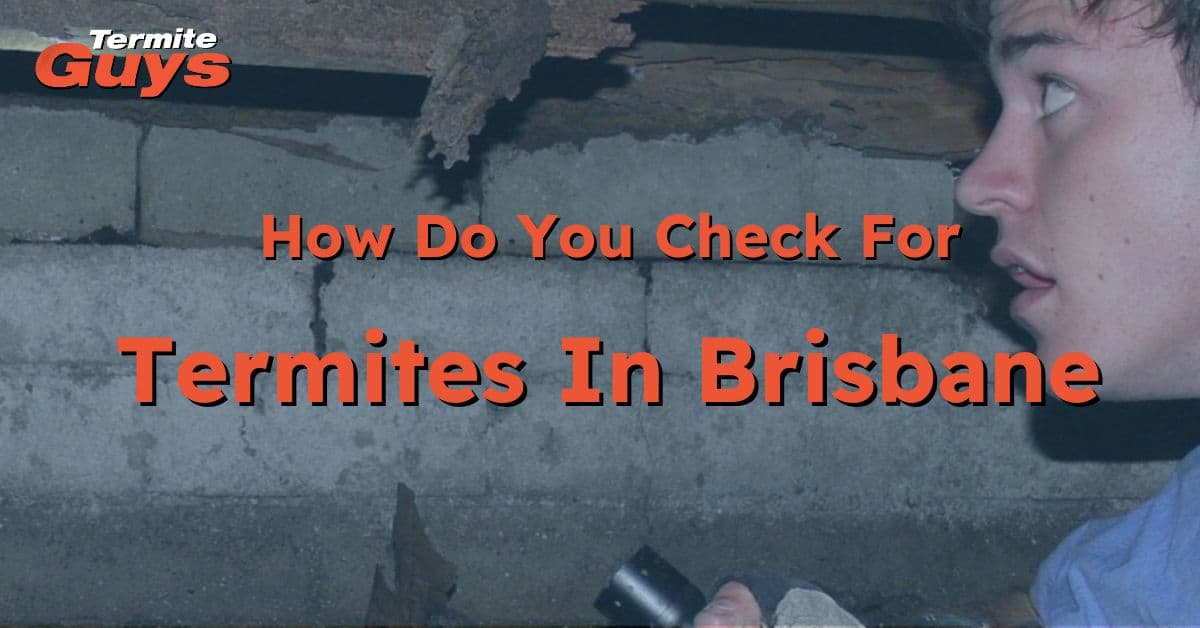Termites are a notorious threat to homes, especially in regions like Brisbane where climate conditions make termite infestations a common issue. One of the key events in a termite’s life cycle that homeowners should be aware of is termite swarming. Understanding termite swarming, the types of termites involved, and their classification as arthropods from an entomological perspective is crucial for preventing damage to your property. This guide will provide an in-depth look into termite swarming and its implications for homeowners.
What is Termite Swarming?
Termite swarming occurs when a colony reaches maturity and produces winged reproductive termites, called alates. These alates take flight in large numbers to mate and establish new colonies. Swarming typically happens during warm, humid weather, often after rain. For homeowners, a swarm can be one of the most visible signs of a termite infestation or nearby colony.
Swarming is a natural part of the termite life cycle and is crucial for the expansion of termite populations. However, for homeowners, it signals a potential threat, as it indicates that a termite colony is either present or nearby, and new colonies may be forming around your property.
Types of Termites That Swarm
There are several species of termites, and each has different swarming behaviors and habitat preferences. The three most common types that swarm are:
Subterranean Termites
Subterranean termites, particularly Coptotermes acinaciformis in Australia, are among the most destructive. They live in large colonies underground and build mud tubes to access above-ground wood sources. Subterranean termites typically swarm during the spring and summer months. Their swarming is often the first sign homeowners notice of an infestation.Drywood Termites
Unlike subterranean termites, drywood termites live directly inside the wood they consume, requiring no contact with soil. They are less common but can cause severe damage to wooden structures. Drywood termite swarms are smaller than those of subterranean termites, and they usually occur in the late summer or early fall.Dampwood Termites
Dampwood termites prefer high-moisture wood and are generally found in decaying wood or areas with consistent moisture. While not as common in homes as subterranean termites, they can still cause significant structural damage if left unchecked. Their swarming occurs in the late spring to early summer.
Termites as Arthropods: An Entomological Perspective
From an entomological perspective, termites belong to the phylum Arthropoda, a group that includes insects, spiders, and crustaceans. More specifically, termites are part of the order Blattodea, which also includes cockroaches. While termites were once classified in their own order, advances in molecular biology and genetics have shown that termites share a close evolutionary relationship with cockroaches.
As arthropods, termites possess key biological characteristics typical of this phylum, including:
- Exoskeleton: Termites have a hard exoskeleton made of chitin, which protects their bodies and provides structure.
- Segmented Bodies: Like other arthropods, termites have segmented bodies divided into the head, thorax, and abdomen.
- Jointed Appendages: Termites’ legs and antennae are jointed, allowing for efficient movement and sensory perception.
Termite Behavior During Swarming
During a swarm, the alates (winged termites) leave the nest in large numbers, often by the thousands. They are attracted to light and may be seen gathering around windows, doors, or exterior lighting. Swarming is typically brief, lasting only a few minutes to an hour. After mating, the alates shed their wings and seek out a new nesting site. This is a critical stage in the termite life cycle, as it leads to the establishment of new colonies.
For homeowners, discarded wings around windowsills or doors are a telltale sign of a recent swarm and the potential presence of a termite colony nearby. Alates themselves do not cause structural damage, but their presence indicates that a termite colony could soon begin feeding on your home’s wooden structures.
Implications of Termite Swarming for Homeowners
If you witness a termite swarm or find discarded wings in or around your home, immediate action is essential. Swarming can indicate the presence of a mature colony nearby, which may already be causing damage to your home’s wooden structures. Here are some key implications of termite swarming:
- Potential Infestations: A swarm often signals that termites are looking to establish new colonies, possibly within or near your home. If left unchecked, these colonies can cause significant structural damage over time.
- Signs to Watch For: In addition to discarded wings, other signs of a termite infestation include mud tubes along the foundation, hollow-sounding wood, sagging floors, and small holes in drywall or wallpaper.
- Homeowner Actions: If you suspect termites, it’s crucial to have a professional inspection conducted. Early detection can prevent extensive damage, saving you thousands of dollars in repairs.
Why Immediate Action is Critical
Termites work silently and often go unnoticed until significant damage has occurred. The longer an infestation is left untreated, the more damage termites can cause. In Brisbane, where older homes are common, the risk is even higher due to the vulnerability of aged timber. Homeowners should not wait until they see visible damage; by then, the infestation could be severe.
If you see a termite swarm or suspect a termite infestation, don’t wait until it’s too late. Contact Termite Guys Brisbane today for a professional termite inspection. Our experienced technicians use cutting-edge technology, such as thermal imaging and motion detectors, to accurately identify and treat termite infestations. Protect your home now by calling 3393 3515 or emailing admin@termiteguys.com.au for immediate assistance!
By acting quickly, you can safeguard your home from the costly damage termites can inflict. Let the experts at Termite Guys Brisbane help you maintain peace of mind with our specialised termite inspection and treatment services.


